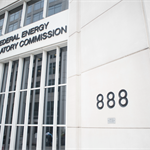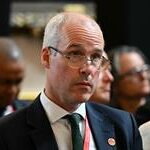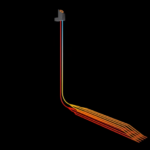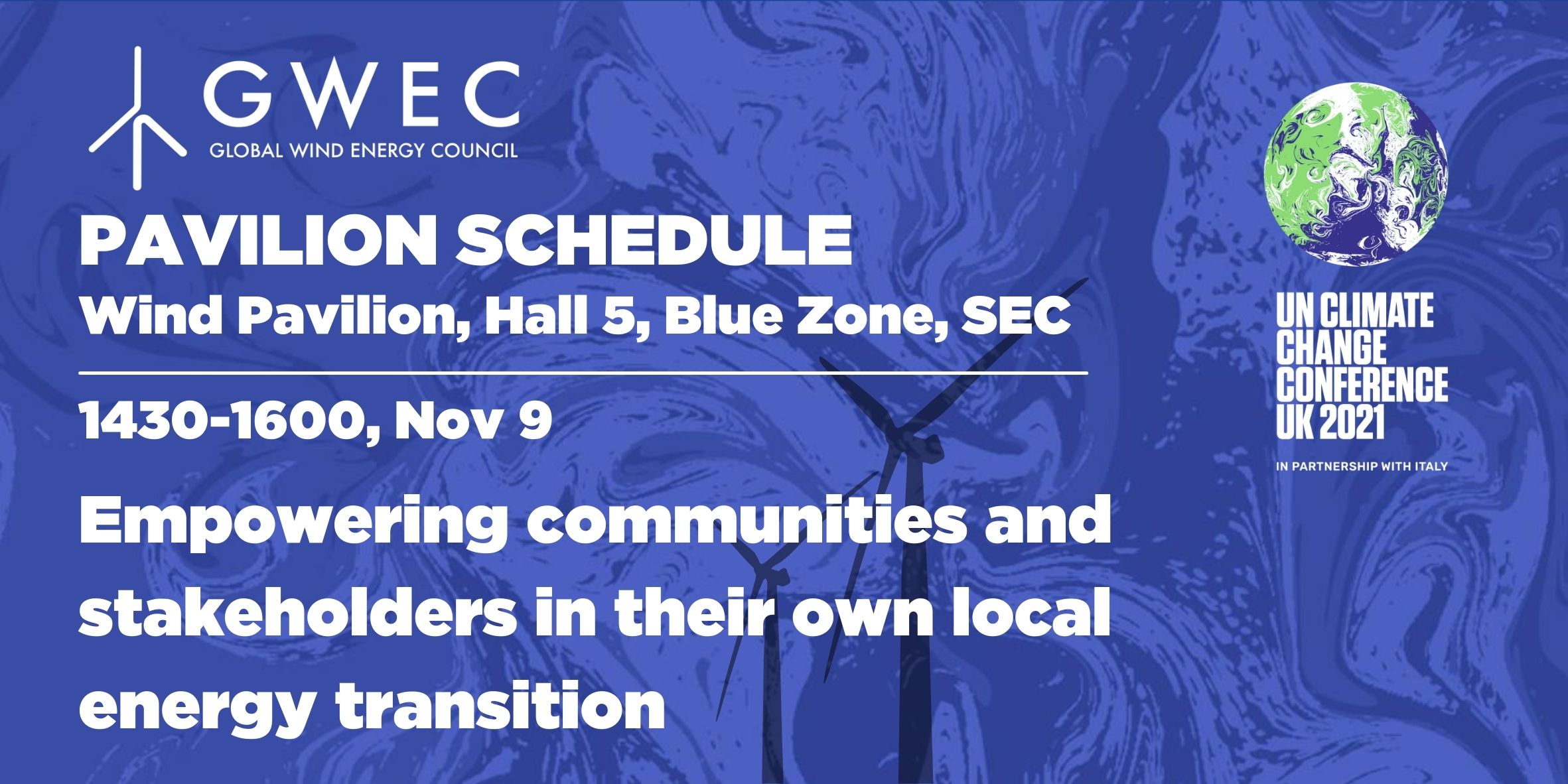National Grid ups capital spend on transmission infrastructure in UK and US
Energy Disrupter

Meanwhile, in the US, “strong regulatory support is underpinning future growth” as several offshore wind connection projects move forward, the company said as it announced its half year results on 9 November.
“Capital investment in our regulated networks reached a record £3.5 billion in this half year, as we step up our investment in 17 major onshore and offshore transmission projects in the UK,” said John Pettigrew, CEO of National Grid. “In the US, we’re now progressing a number of major transmission projects to unlock renewable generation and upgrade infrastructure across our jurisdictions.”
‘Record investment’
The £3.5bn (€4bn) is a record level of investment, up 10% year-on-year, noted the company’s CFO, Andy Agg. As well as investment in the new ASTI projects in the UK, the increase was also driven by projects in the US, including grid modernisation work in Massachusetts and increased investment in the company’s Smart Path Connect transmission project in New York state, he added.
Over the 2020/21 to 2025/26 period, the UK-based firm said it expects total cumulative capital investment to reach around £42 billion (€48.1bn), up £2bn (€2.3bn) on its previous five-year forecast. The 17 ASTI projects are expected to deliver around £3 billion (€3.4bn) of capital investment, up from the £1bn (€1.1bn) previously suggested in earlier guidance. “As we progress work on these projects, our current best estimate for total outturn investment (in £bn) is in the mid-to-high teens range,” the company said.
Offshore driver
Agg noted that the step up in investment on the ASTI projects in the half was “notably driven by our offshore projects, Eastern Green Links one and two, where we’ve signed joint venture agreements with Scottish Power and SSE and selected the preferred suppliers for HVDC cable and converter stations”.
For its onshore ASTI projects in the UK, the compnay launched a tender to source delivery partners and secure the supply chain to help deliver the projects. “We plan to award contracts in 2024. However, given the need for pace with our Yorkshire Green project, we have already signed contracts for overhead lines and substation work,” Agg said.
Pettigrew welcomed the UK government’s endorsement of a strategic spatial energy plan that “gives certainty to what needs to be built, where and when, fast track planning processes for nationally significant projects and a new ‘connect or move’ approach to grid connections”. He said: “I’m encouraged by the progress we’re seeing from government and [UK energy regulator] Ofgem in response to our call for a greater urgency, both in terms of action and mindset.”
‘Zombie’ projects blocking the queue
Pettigrew also acknowledged that grid connection delays are a major challenge. “Nowhere is the need for change more apparent than in the connections process, and the forthcoming connections action plan from government and Ofgem is a critical opportunity to move from the current first come, first serve approach, to a “connect or move” model and stop so-called “zombie” projects from blocking the queue,” he said.
For now, National grid is creating new solutions in electricity transmission to address this challenge, which could deliver up to 40GW of network capacity for projects that are ready to connect, he said. These will be presented to investors next year, he added.
US momentum
The company has also seen” significant progress” in the US, he noted. It received approval for the Propel NY Energy transmission project on Long Island – a partnership between New York Transco and the New York Power Authority – which will bring offshore wind into the state. It has also filed an Electric Sector Modernisation Plan (ESMP) in Massachusetts, proposing $2 billion (€1.8bn) of investment over the next five years to help meet state clean energy goals.
In addition to transmission, its community offshore wind JV with RWE Renewables was successful in New York’s offshore wind solicitation with a provisional offtake award of 1.3GW.
“The last six months show that we’re now firmly in a new phase of capital delivery for the energy transition,” Pettigrew said.
















